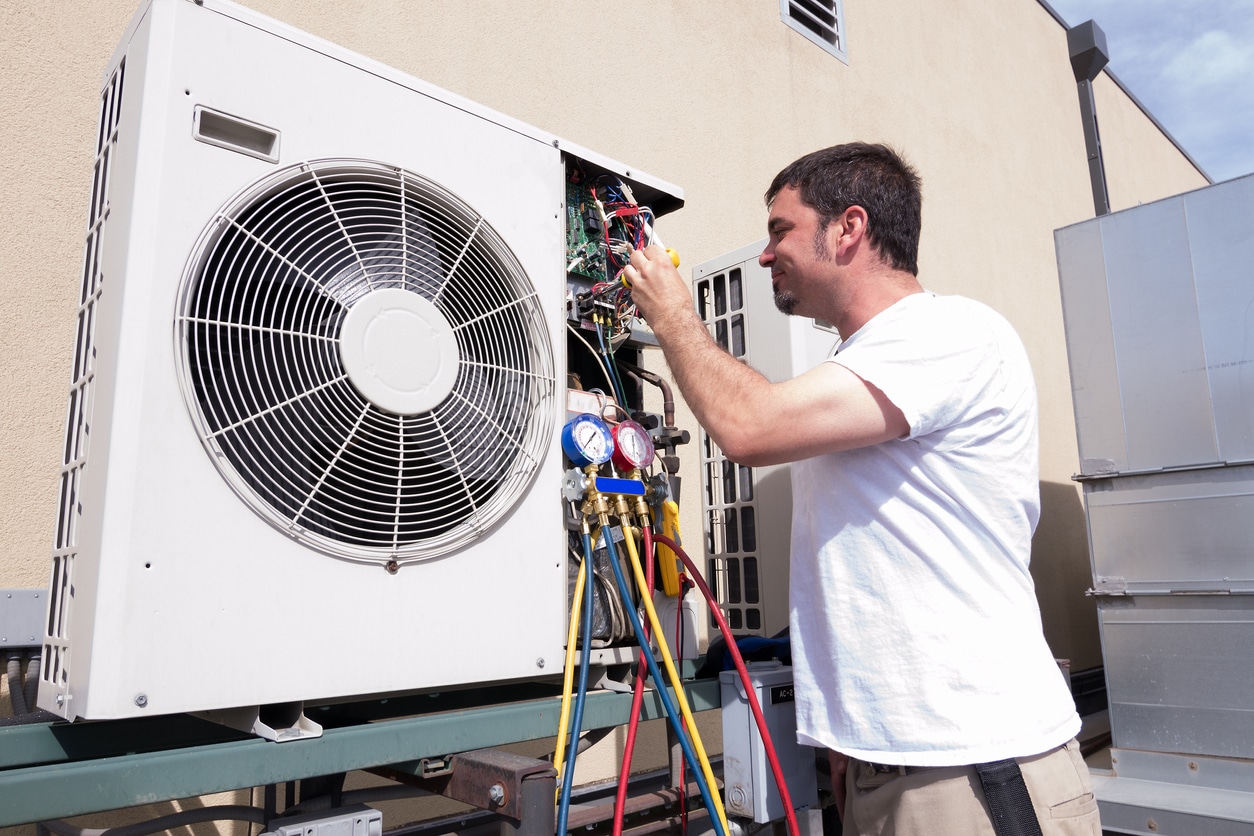Historic homes are architectural gems that hold a special place in our cultural heritage. However, these homes often lack modern conveniences, including efficient air conditioning systems. When replacing the AC in a historic home, homeowners face a unique challenge: achieving optimal comfort while preserving the home’s historical integrity. This guide explores the crucial aspects of AC replacement in historic homes, offering valuable insights and expert advice to strike the perfect balance.
- Assess the Historical Significance
Before diving into the project, assess the historical significance of your home. It is essential to understand its architectural style, period features, and potential historical designations. Consult with local preservation authorities or historical societies to ensure your project meets preservation guidelines.
- Choose an Appropriate AC System
Selecting the right AC system is pivotal in preserving the historic charm of your home. Consider ductless mini-split systems, which are less intrusive and offer zoned cooling. Alternatively, a high-velocity HVAC system can be discreetly installed with minimal impact on aesthetics. Ensure the system’s appearance, size, and functionality align with the home’s historical character.
- Energy Efficiency and Conservation
Preserving a historic home goes hand in hand with energy efficiency. Opt for an energy-efficient AC system to reduce environmental impact and energy bills. Seal gaps in the home’s envelope, insulate properly and install storm windows to improve overall efficiency without compromising its historical authenticity.
- Preservation-Friendly Installation
Hiring an HVAC contractor experienced in historic homes is crucial. They will understand the delicate nature of your property and take measures to protect it during installation. Ensure that the installation process adheres to preservation guidelines and regulations.
- Concealment and Integration
The key to preserving the historic look of your home lies in clever concealment and integration. Incorporate grilles, vents, and registers that match the architectural style of your home. Place these discreetly to maintain the aesthetics while ensuring efficient air circulation.
- Maintain Original Features
Whenever possible, retain and restore original features such as moldings, trim, and windows. Refrain from altering or covering them during the AC installation process. Preserving these elements contributes to the home’s historical authenticity.
- Temperature Control Zones
For larger historic homes, consider creating temperature control zones. This allows you to maintain different temperatures in various areas, enhancing comfort without compromising historical features. Use concealed thermostats and discreet zoning solutions to blend seamlessly.
- Regular Maintenance
Once your new AC system is in place, prioritize regular maintenance. Periodic inspections and cleaning can extend the system’s lifespan and ensure it operates efficiently. Regular maintenance also prevents damage to historical features caused by water leaks or condensation.
Balancing comfort and preservation when replacing an AC system in a historic home is a delicate art. By assessing historical significance, choosing the right system, prioritizing energy efficiency, following preservation guidelines, concealing components, maintaining original features, considering temperature control zones, and scheduling regular maintenance, you can achieve the perfect equilibrium between modern comfort and historic preservation.
Ready to embark on your historic AC replacement journey? Contact our experts at Five Star Air today for a consultation on balancing comfort and preservation in your historic home. Call us at 623 209 6823 today!





